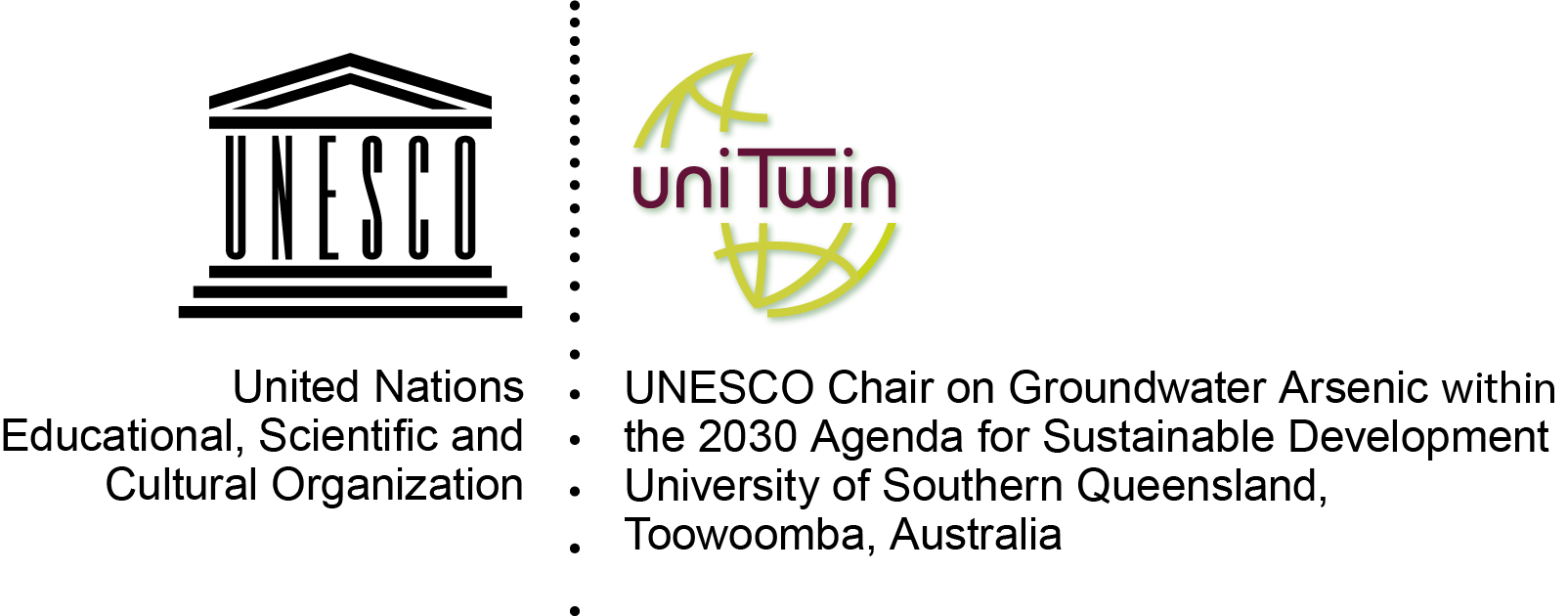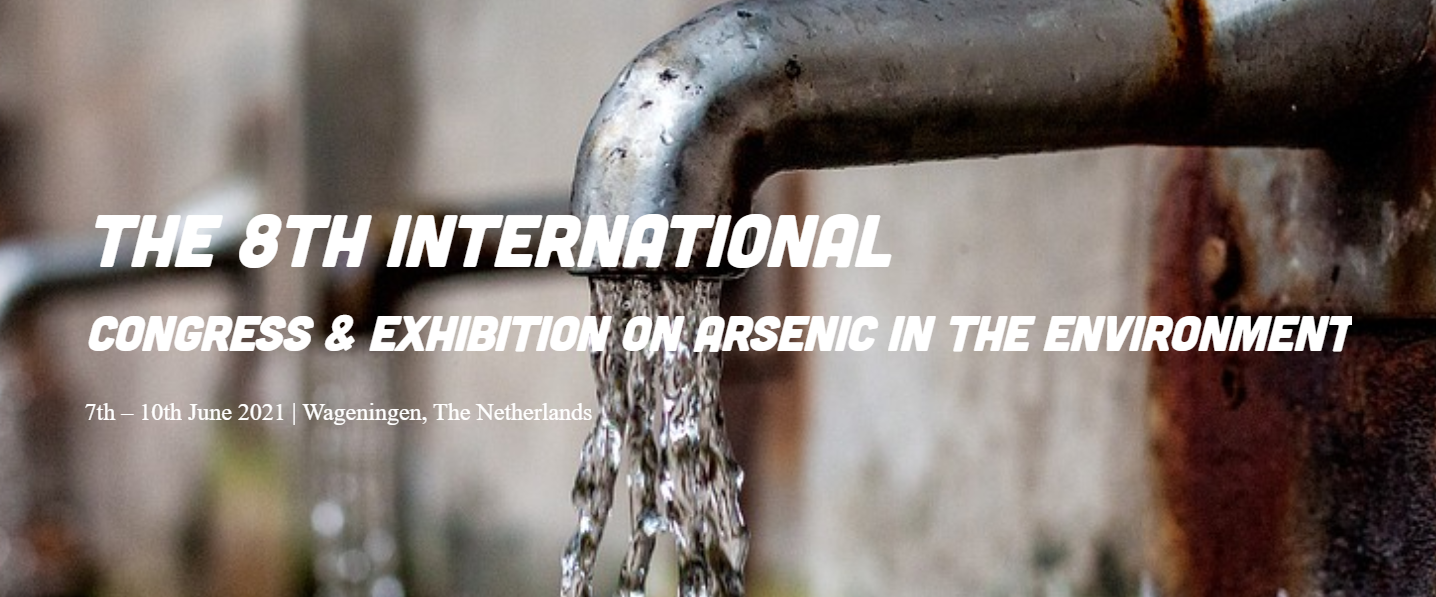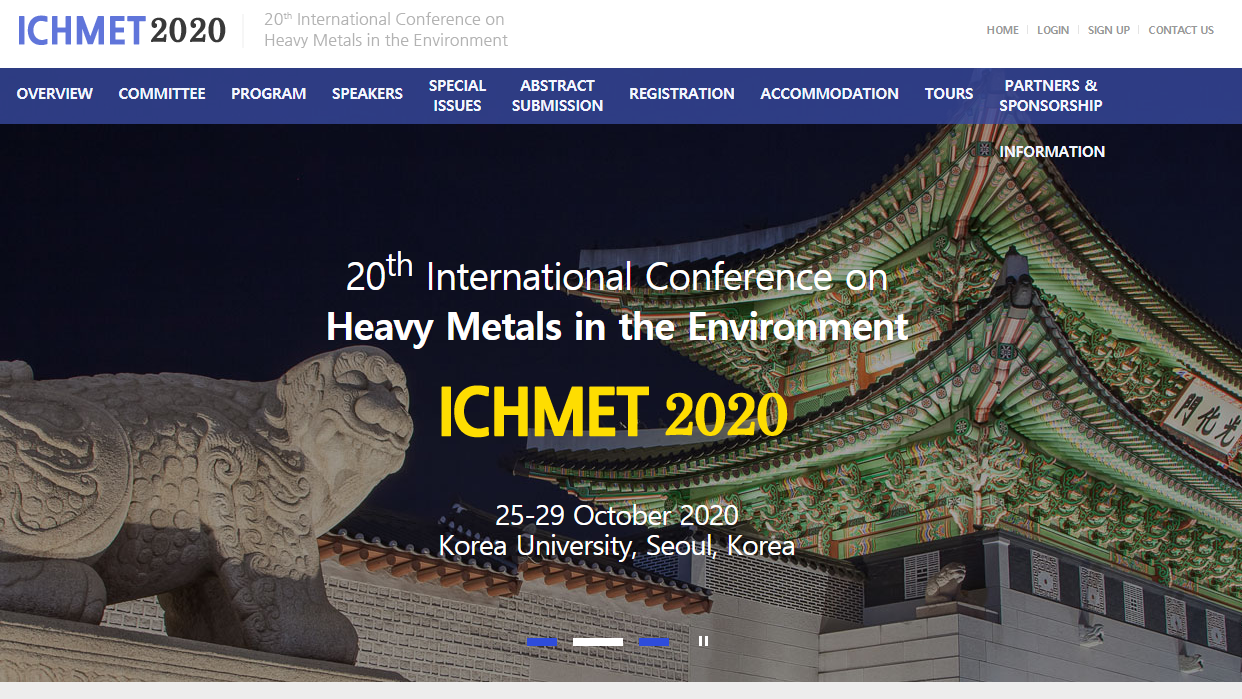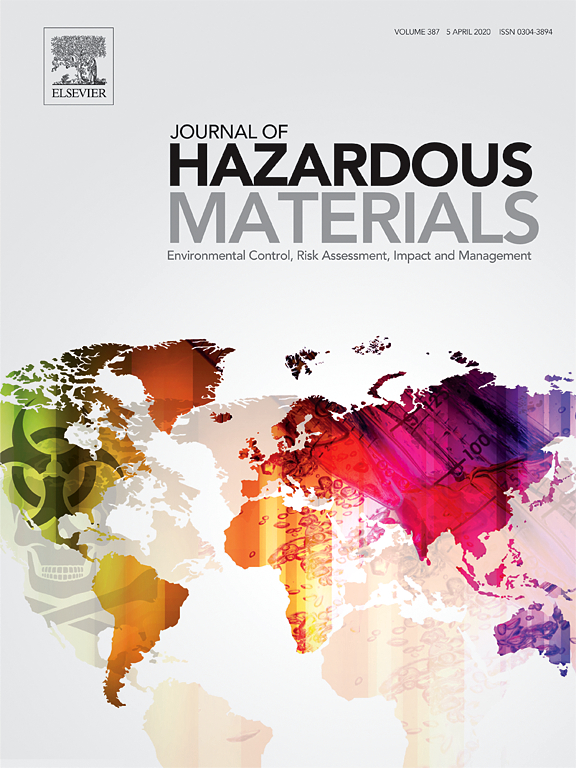UNESCO CHAIR ON GROUNDWATER ARSENIC WITHIN THE 2030 AGENDA FOR SUSTAINABLE DEVELOPMENT
An independent leadership think-tank for researchers, developers, industries, and policy makers for innovative ideas and best practices addressing global water challenges within the 2030 Agenda for Sustainable Development
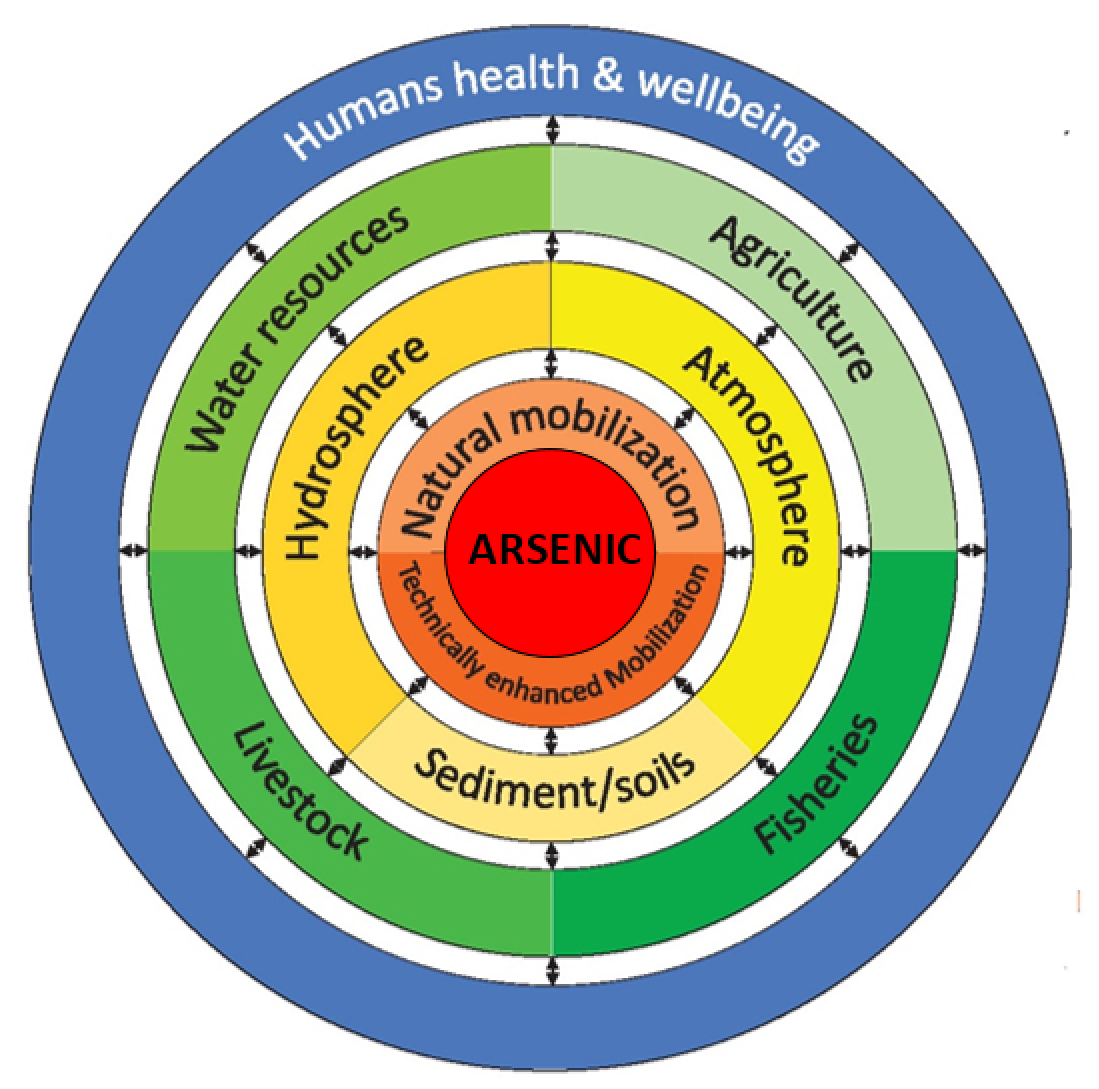
The UNESCO Chair on Groundwater Arsenic
Our UNESCO Chair, based at the University of Southern Queensland (USQ) in Australia, opens its umbrella for everybody from academia to industry including agriculture and mining, in collaboration with other institutions around the world. All sectors are concerned with searching for solutions to problems associated with arsenic of geogenic origin, in both small communities with decentralized water supply to large water industries and food sectors fulfilling Sustainable Development Goals (SDGs). This includes communities, manufacturers and consultants as well as a diversity of stakeholders and professionals from governmental and non-governmental organizations, international agencies for funding and technical cooperation, public health agencies, policy makers, regulators and other relevant institutions.
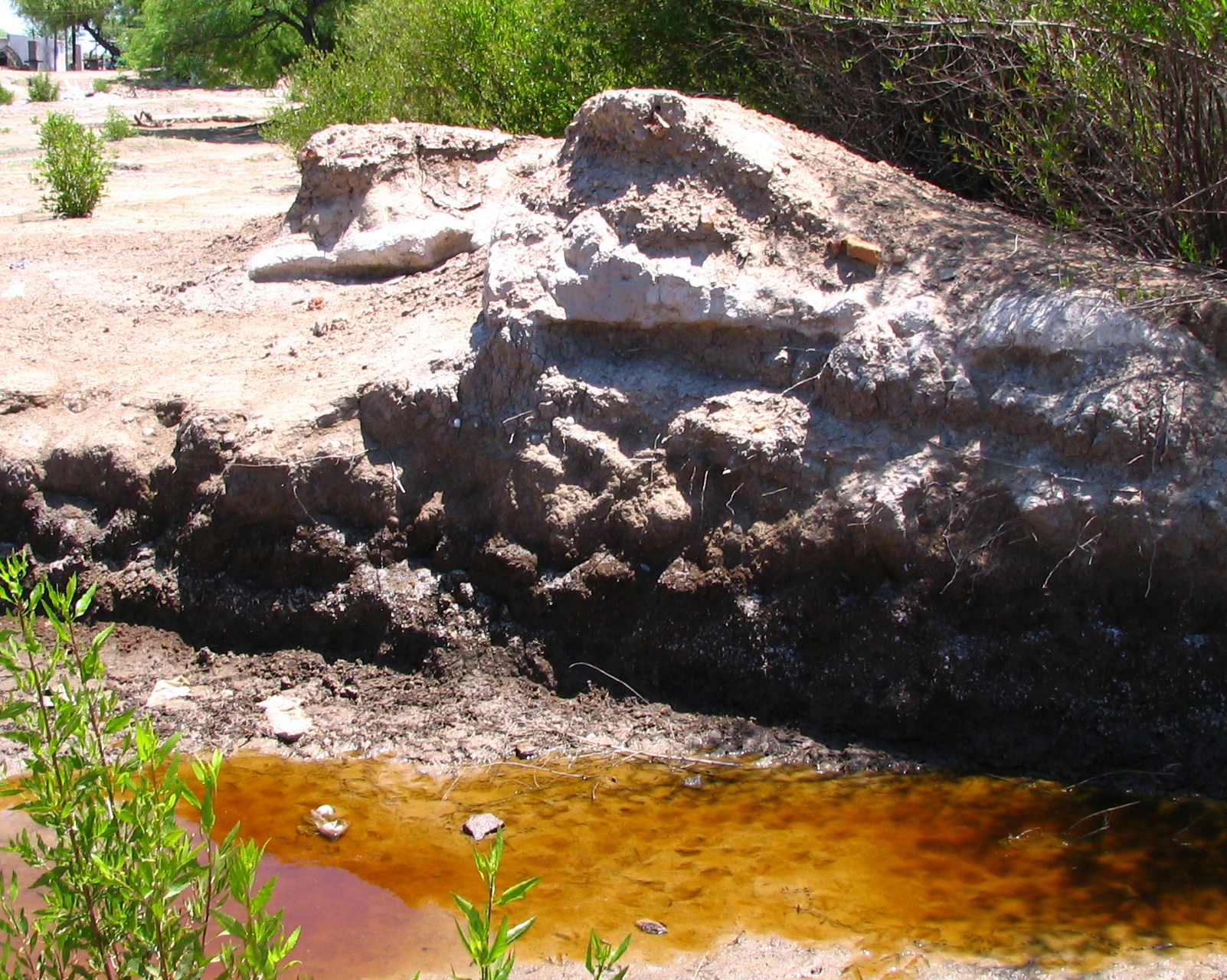
Arsenic in Environmental Media
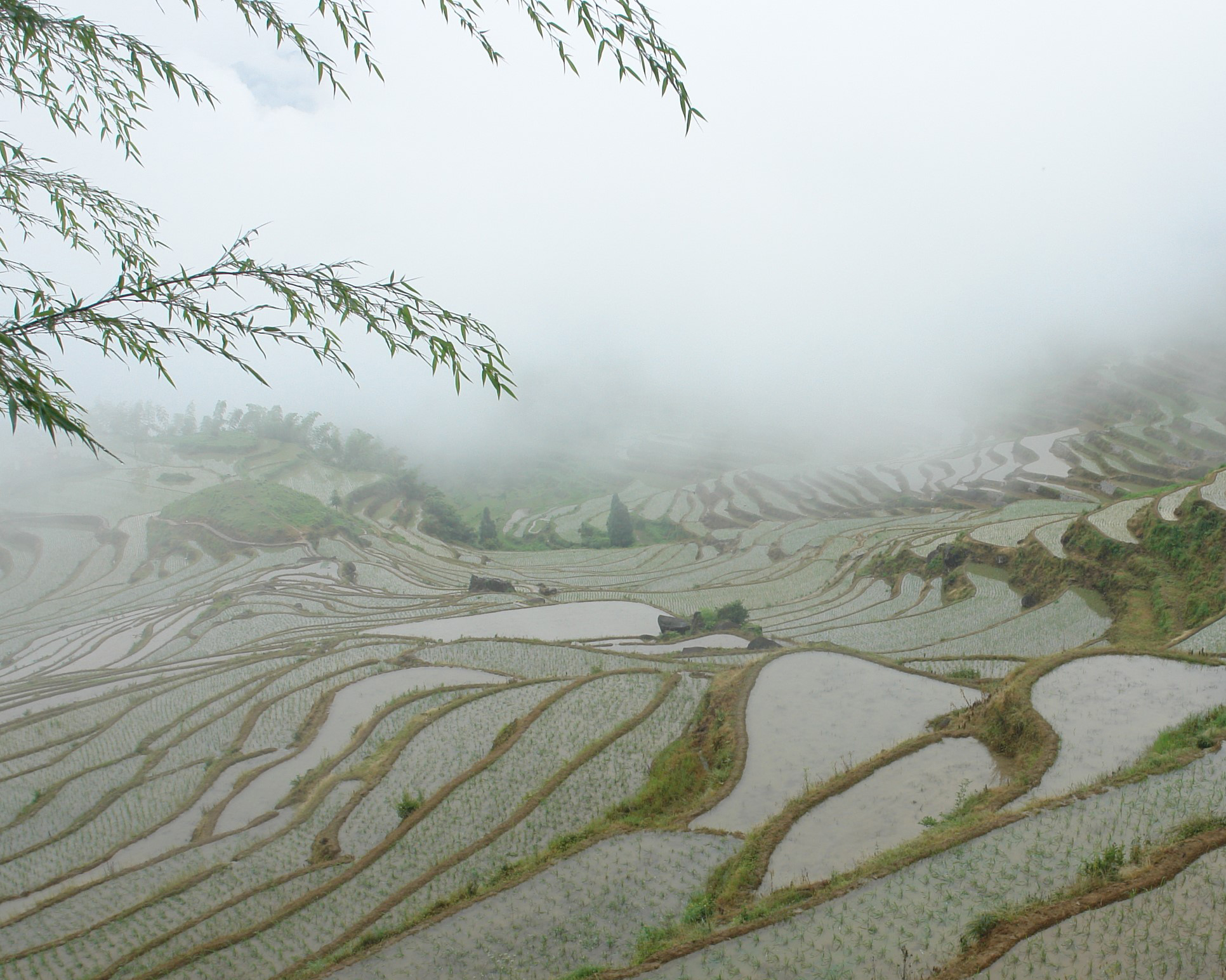
Arsenic and Food
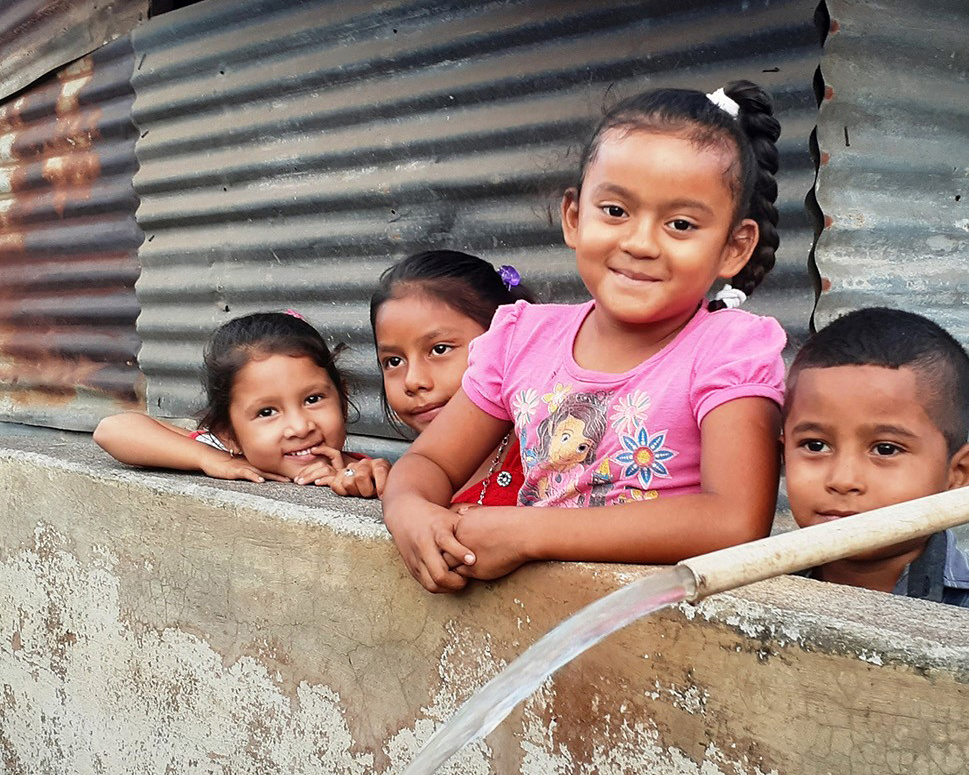
Arsenic and Health
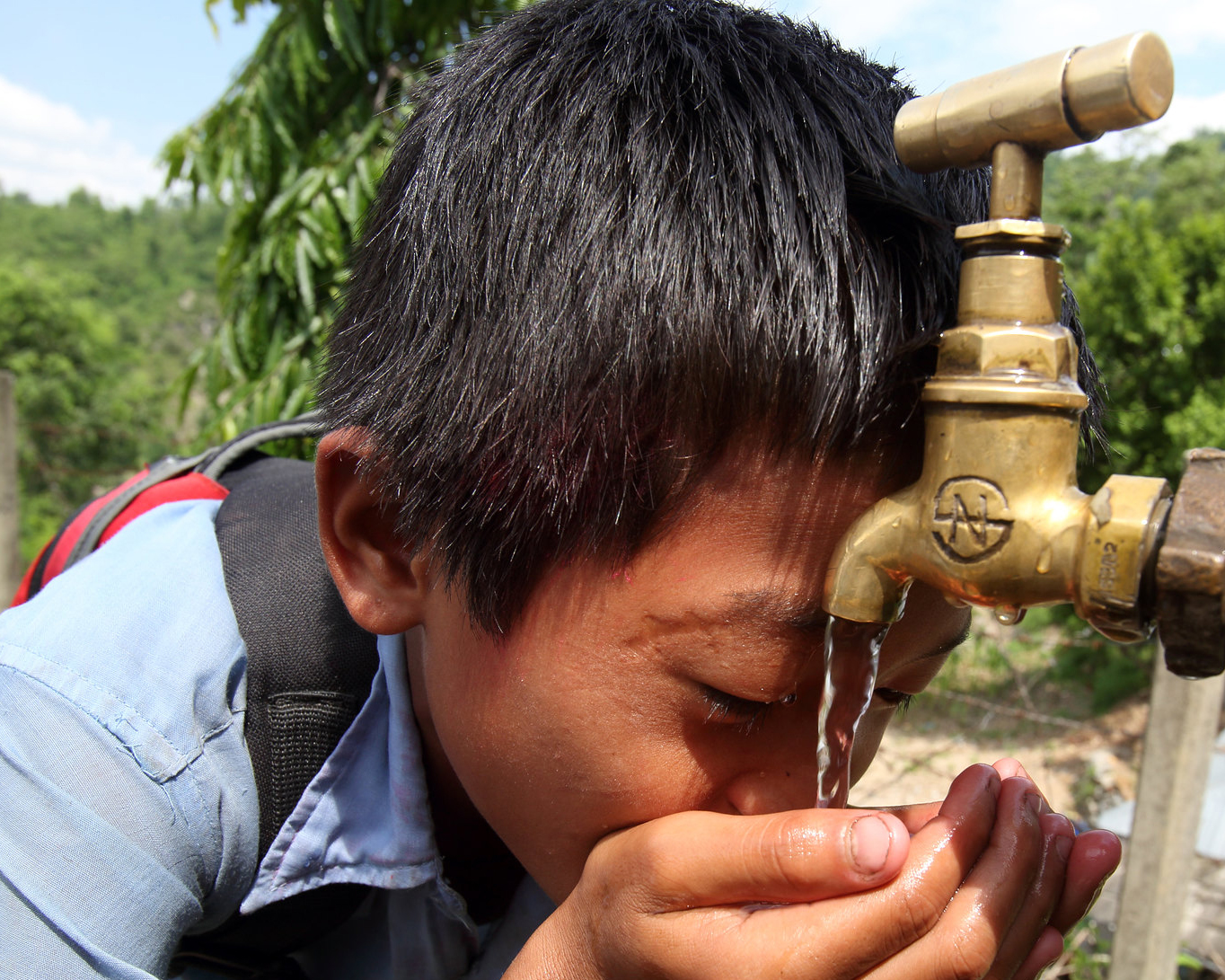
Drinking Water Arsenic and Remediation
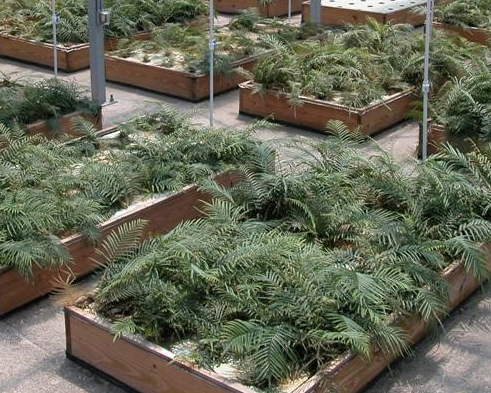
Restoration and Mitigation of As-contaminated Site
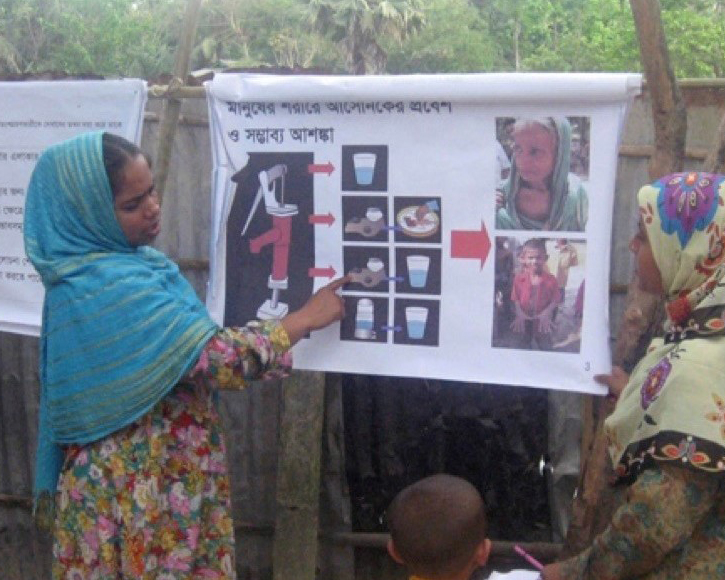
Social, Political & Regulatory Issues
The Purpose of The UNESCO Chair
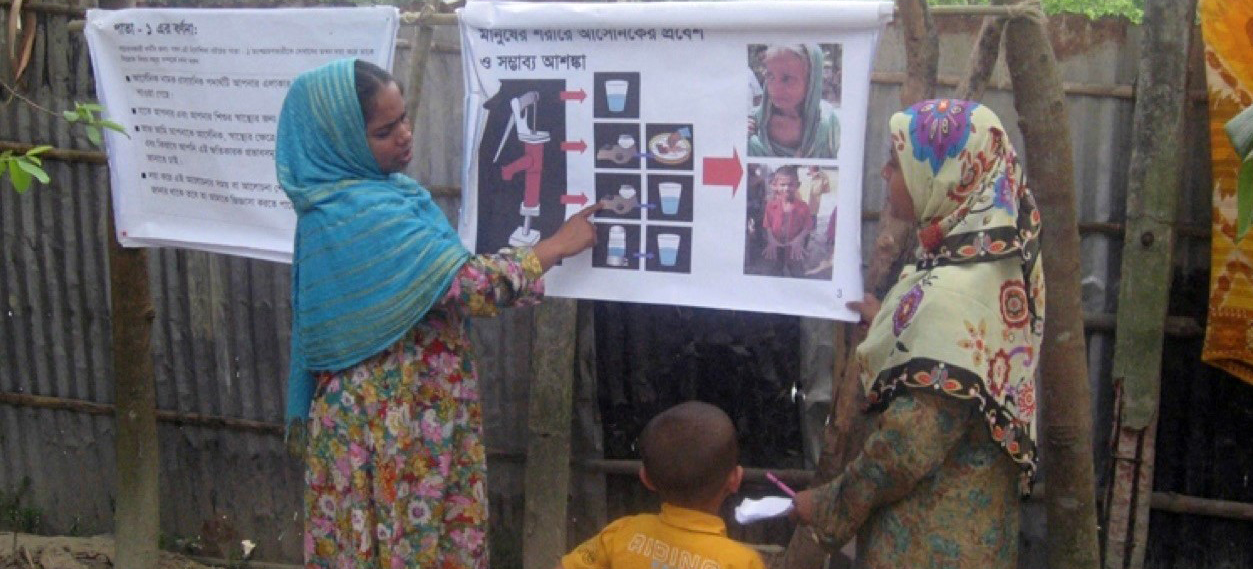
Mitigation is Inadequate
In particular, integrated approaches are rare, with uncertainty surrounding the impacts of chronic arsenic exposure on humans. Highly conflictive and possibly inadequate regulations are a result of allowing drinking water at low levels and ignoring the differing toxicity levels of individual elemental inorganic arsenic species in food.
Photo: H.-J. Mosler ©Eawag
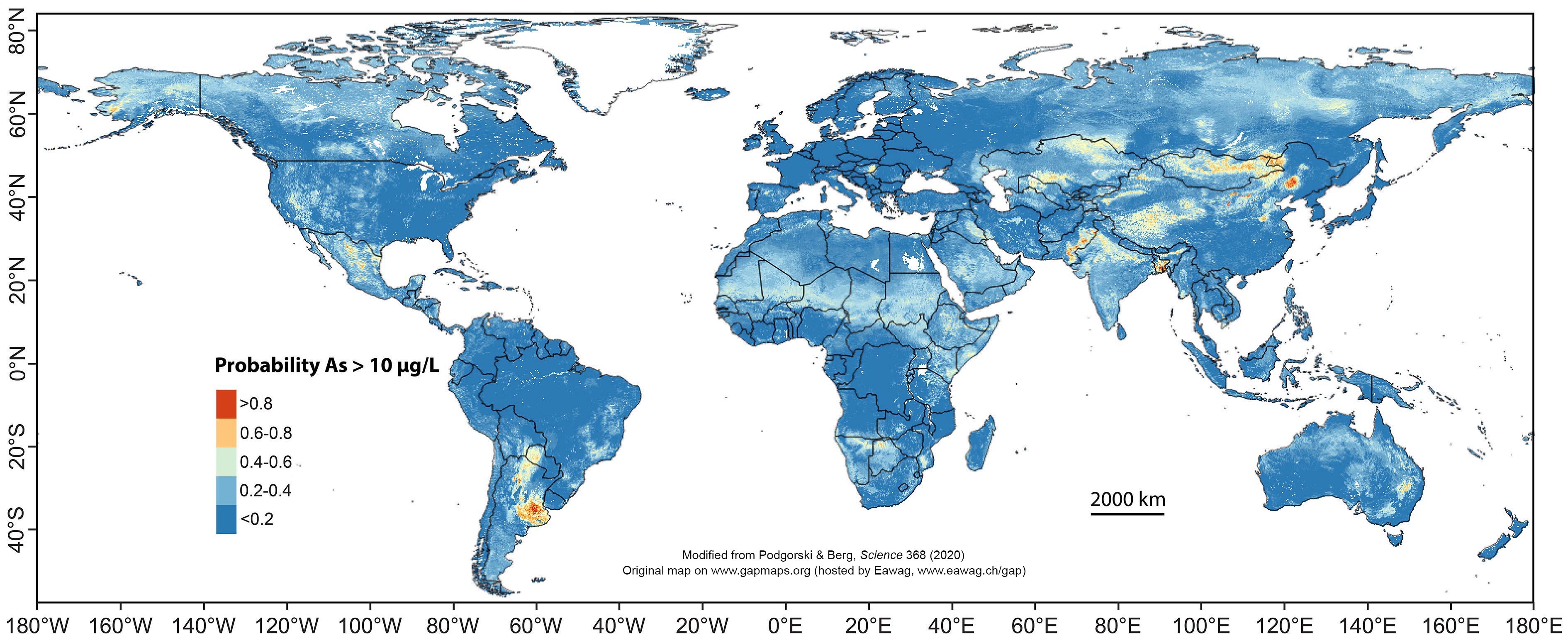
Arsenic - A Global Problem
Modified from Podgorski & Berg, Science 386 (2020)
Original map on www.gapmaps.org (hosted by ©EAWAG, www.eawag.ch.gap)
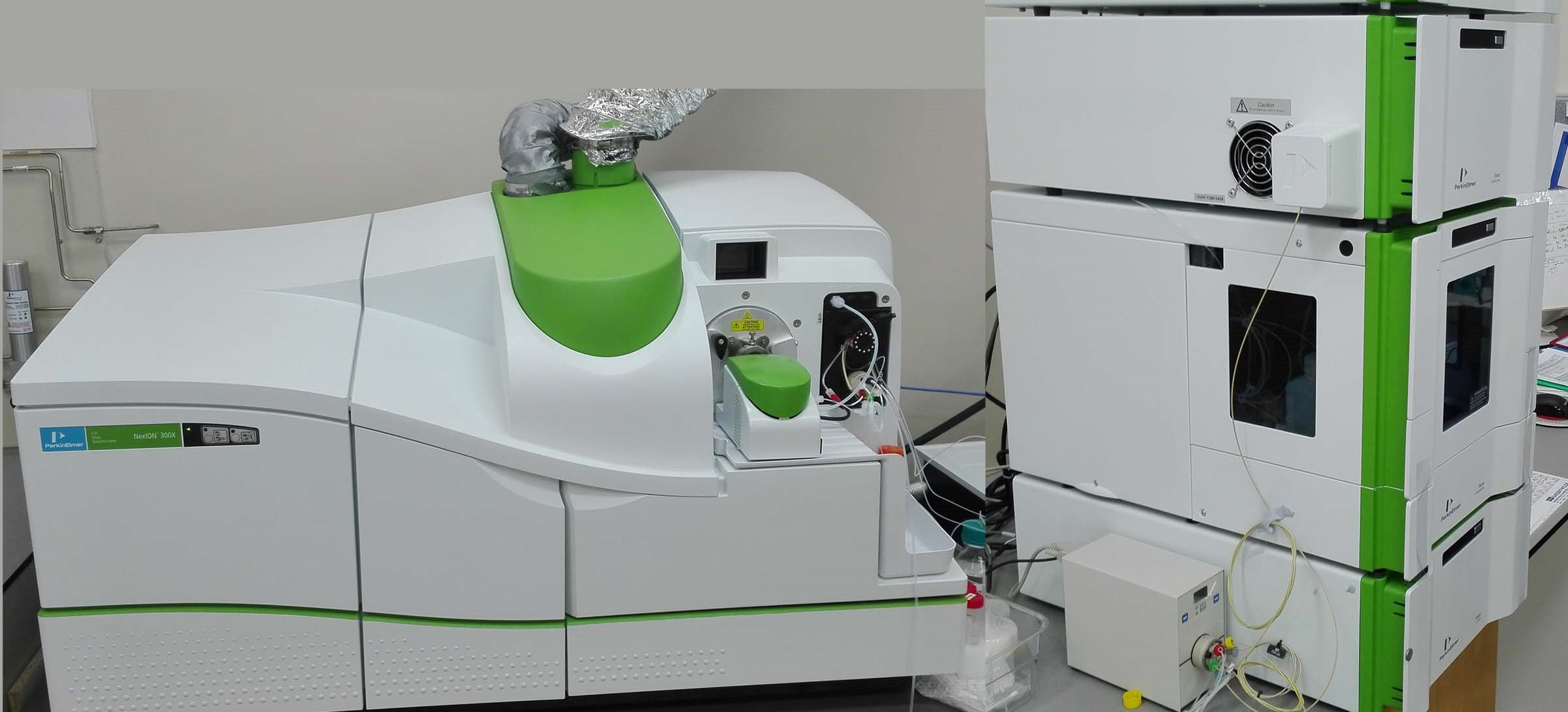
Insufficient Research
Arsenic research on geological/geochemical, technical, environmental, biological and social aspects and awareness of population and stakeholders is still largely inadequate. Currently, research on problems caused by arsenic, is in most cases, simply focused on cutting-edge and breakthrough research in an individual physical, chemical, technological, toxicological or medical aspect.
Our Values
Purpose
Integrating Arsenic into the SDGs
Vision
Human Development living with Arsenic
Mission
Integrating Arsenic into the SDGs
